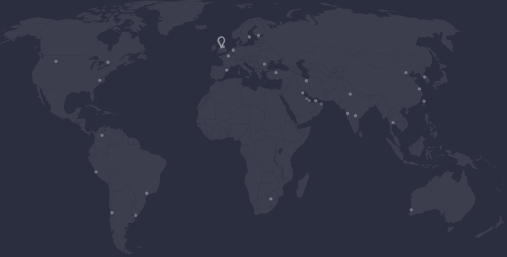Turnkey Instruments is committed to bringing you the latest and best dust monitoring devices. So, how have these types of instruments changed since they first emerged in the early 20th century?
Did you know that concerns about dust and air quality first arose during the Industrial Revolution?
In fact, the history of dust monitoring instruments is surprisingly fascinating; it reflects both advancements in our technology and a growing environmental awareness.
In the early 1900s, initial efforts to monitor air quality began. Simple devices like the konimeter, developed by John S. Haldane in the early 1900s, collected dust on a greased microscope slide, which was then examined under a microscope to count particles.
In the 1940s and 1950s more sophisticated devices started to be developed. The impactor and sedimentation methods became popular. Impactors collected dust particles by forcing air through a nozzle that directed particles onto a collecting surface.
During the Swinging Sixties, we witnessed the invention of the high-volume air sampler (Hi-Vol sampler) allowing for the collection of larger volumes of air and thus more representative dust samples. The Hi-Vol sampler drew air through a filter paper for a set period, which was then weighed to determine the concentration of dust.
In the 1970s, we saw further advancements in technology.
In particular, there were more accurate and portable devices. The personal air sampler (PAS) was introduced, allowing for individual exposure monitoring. During this period, gravimetric methods (weighing filters before and after sampling) remained the standard.
In the 1980s, more sophisticated real-time dust-monitoring devices were introduced. Light-scattering and beta attenuation methods became popular. These use a laser or light beam to detect and count particles based on the light they scatter.
During the 1990s, further improvements in electronics and computing allowed for the integration of data logging and real-time analysis. Devices became more compact, accurate, and user-friendly.
How dust monitors have changed over the past 20 years.
In the 2000s portable, real-time dust monitors that measure various particle sizes and provide immediate data became more common. Optical particle counters (OPCs) and tapered element oscillating microbalances (TEOMs) became widely used. OPCs detect particles by the light they scatter when passing through a laser beam, while TEOMs measure the mass of particles collected on a filter.
From the 2010s to the present day, there have been continuous advancements in sensor technology and connectivity.
The rise of low-cost sensors and the Internet of Things (IoT) has revolutionised dust monitoring. These devices are now capable of providing real-time data accessible via smartphones and online platforms. Integration with GPS allows for spatial mapping of dust pollution.
What are the key technologies and methods for dust monitoring?
- Gravimetric Analysis. This involves weighing filters before and after air sampling.
- Optical Methods, which use light scattering or laser diffraction to detect particles.
- Beta Attenuation Monitors (BAMs). This method measures the reduction in beta radiation as it passes through a dust-laden filter.
- Tapered Element Oscillating Microbalances (TEOMs), which measure the mass of particles collected on a filter using oscillating elements.
- Smart Sensors. Modern dust and air monitoring have involved further miniaturisation and smart features in sensors.
- Integration with IoT that offer enhanced connectivity and data analytics.
- Advanced Material Technology: More sensitive and selective sensors for different particle types.
- Global networks. Nowadays, users can integrate devices into global air quality monitoring networks for better data sharing and analysis.
The evolution of dust monitoring instruments showcases a shift from simple, manual methods to sophisticated, automated systems capable of providing real-time, highly accurate data. This progress reflects broader technological advancements and a growing recognition of the importance of air quality monitoring for public health and environmental protection.
Why choose our dust and particulate monitoring devices?
Turnkey Instruments offer a range of dust and particulate monitoring equipment for various instruments. Since all our scientific testing instruments are designed and developed in-house, you will have support from our specialist engineers.
Our devices are used by clients all over the world, including in the UK.
We supply our dust and particulate monitors to clients of all shapes and sizes all around the world for use in a range of settings. In particular, they’re routinely used on industrial sites, in manufacturing plants and by local authorities, councils and those involved in scientific research in this field.
Which sampling standards can they monitor?
Our monitors measure TSP, PM10, PM2.5 and PM1, which are the recognised sampling standards measured throughout the world.
They can also be used to measure inhalable, thoracic and respirable fractions for workplace monitoring. Invest in our devices and you can be assured they are accurate, robust and straightforward to use. However, if you do have any issues, our expert engineers can assist you.
Find out more about our dust monitoring systems. Or don’t hesitate to contact our friendly team for more information.


